Russia is a land where history feels alive at every turn. From the grandeur of Moscow’s Red Square to the fairy-tale charm of Suzdal’s onion-domed churches, and the artistic treasures of St. Petersburg, a journey through Russia offers more than just sightseeing. It’s about walking through centuries of empire, revolution, and artistry.
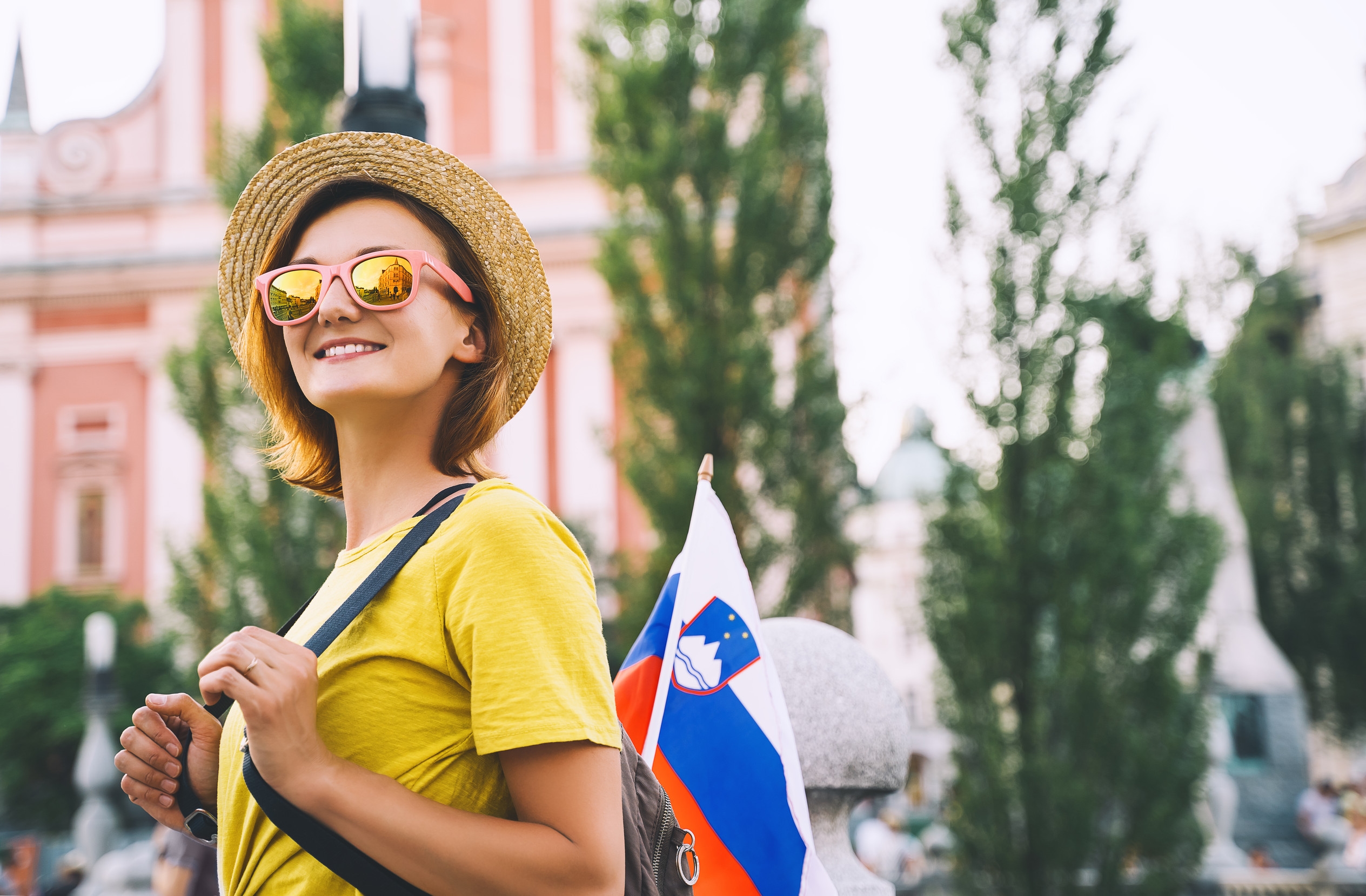
If you are planning a trip and wondering how to cover the highlights of Moscow, the Golden Ring towns, and St. Petersburg in 10 days, this itinerary will guide you through Russia’s must-see cities and its cultural heartland. It’s designed for first-time visitors who want a balance of history, architecture, and local experiences without rushing through.
👉 Tip before you go: Most travelers will need a Online Russian visa or eVisa. The good news is that Russia has expanded its electronic visa (eVisa) system, which allows citizens of many countries to apply online without visiting an embassy. It’s faster and simpler, making your trip planning much easier.
Why Visit Russia?
Russia is the world’s largest country, stretching across 11 time zones. While Siberia, Lake Baikal, and Kamchatka are adventures of their own, most travelers start with the European side of Russia. Moscow and St. Petersburg showcase the power and artistry of Russian culture, while the Golden Ring gives you a glimpse of its ancient towns and spiritual roots.
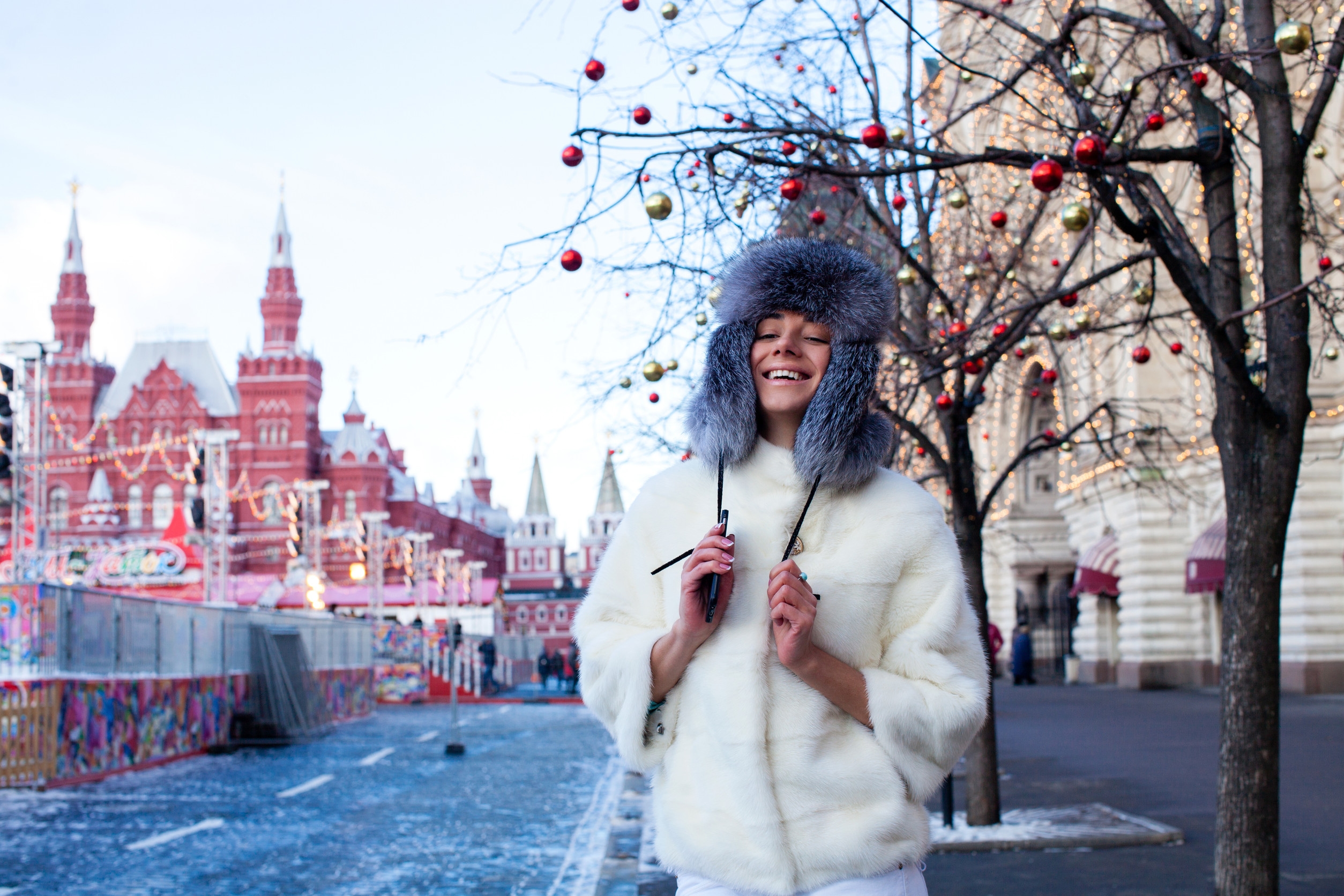
Moscow offers the best of modern Russia and imperial history.
St. Petersburg is the cultural capital with museums, canals, and palaces.
The Golden Ring towns reveal Russia’s medieval soul, monasteries, and wooden houses.
Together, they provide the perfect mix for a 10-day journey.
Suggested 10-Day Itinerary at a Glance
Day 1–3: Moscow – Kremlin, Red Square, metro art, and beyond
Day 4–6: Golden Ring towns – Vladimir, Suzdal, and Sergiev Posad
Day 7–10: St. Petersburg – palaces, Hermitage Museum, Peterhof, and canals
Days 1–3: Moscow – Where Russia’s Heart Beats
Moscow is Russia’s capital and financial powerhouse, but it also holds some of the country’s most iconic cultural landmarks.
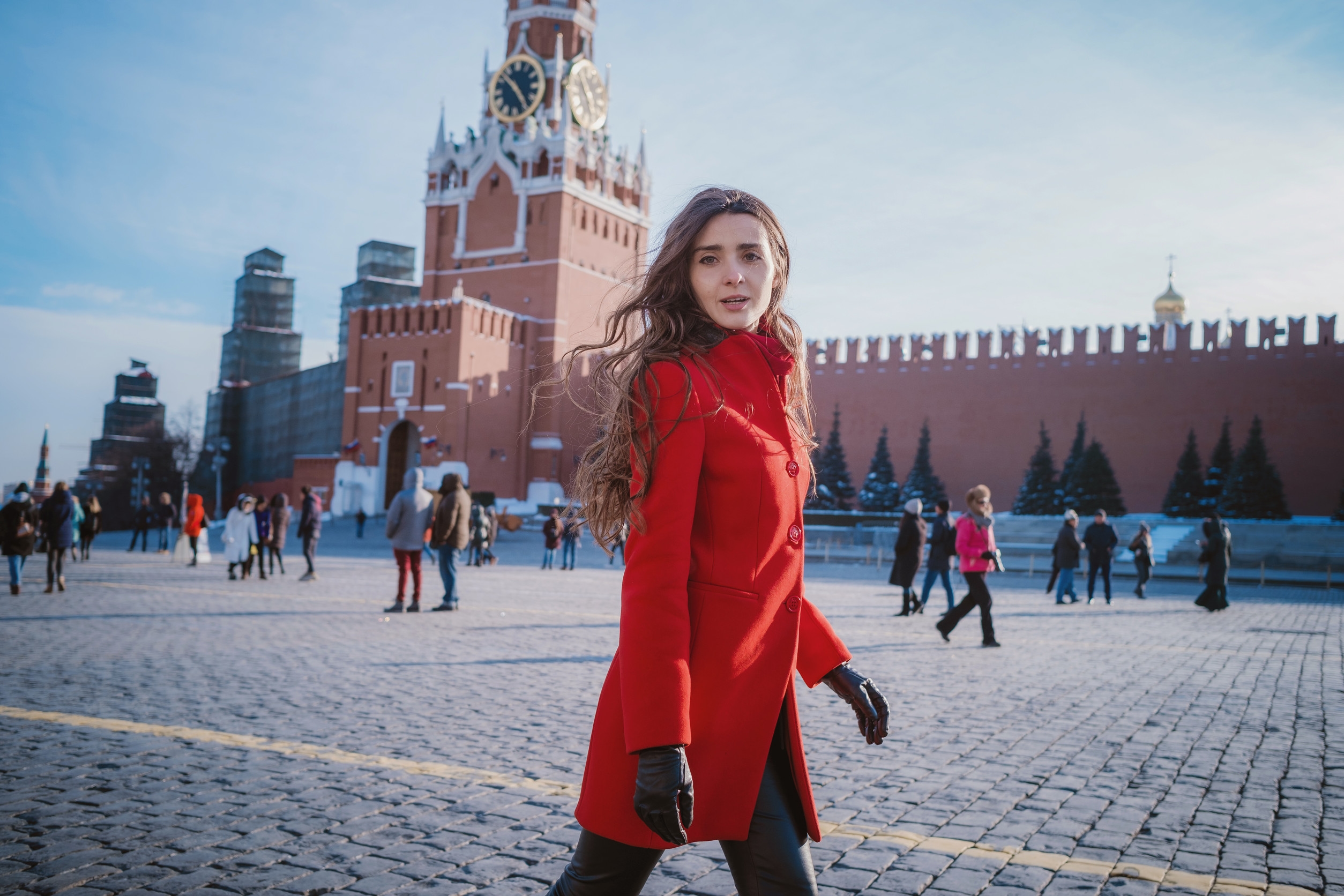
Day 1: Arrival & Red Square
Your Russian adventure begins in Moscow. After checking into your hotel, head straight to Red Square, the heart of Russia. Standing here, you’ll see centuries of history layered together:
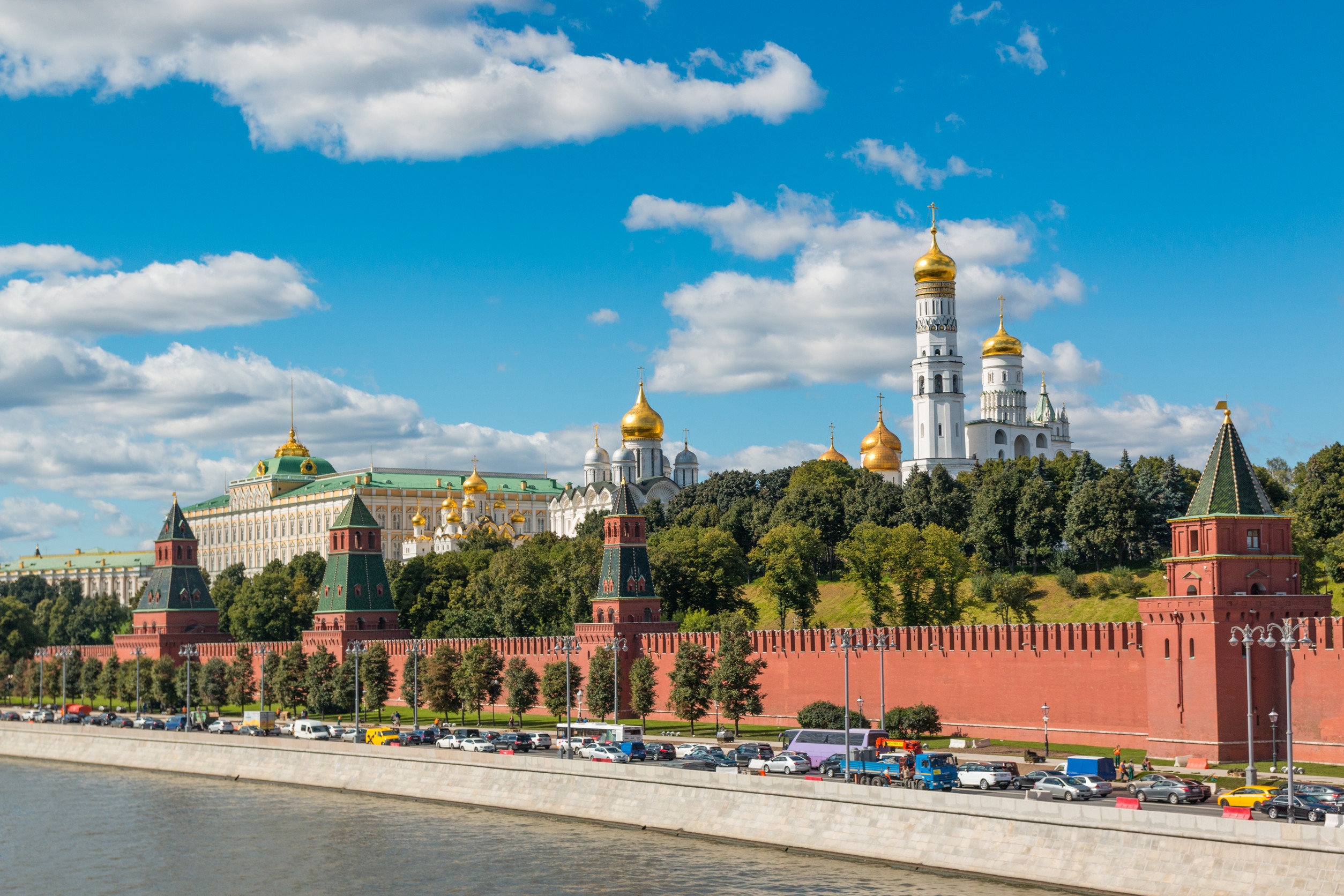
St. Basil’s Cathedral with its colorful onion domes is Russia’s most photographed landmark.
Lenin’s Mausoleum offers a glimpse into Soviet history.
The Kremlin’s red brick walls dominate the skyline.
GUM Department Store is not just for shopping; it’s a historical building with elegant arcades and cafes.
Tip: Visit Red Square in the evening when the buildings are beautifully lit.
Day 2: The Kremlin & Moscow Metro
Spend the morning exploring the Kremlin, the seat of power for centuries. Inside, you’ll find golden-domed cathedrals, the Tsar Bell, and the Tsar Cannon. Don’t miss the Armory Museum, which displays Fabergé eggs, royal carriages, and coronation dresses.
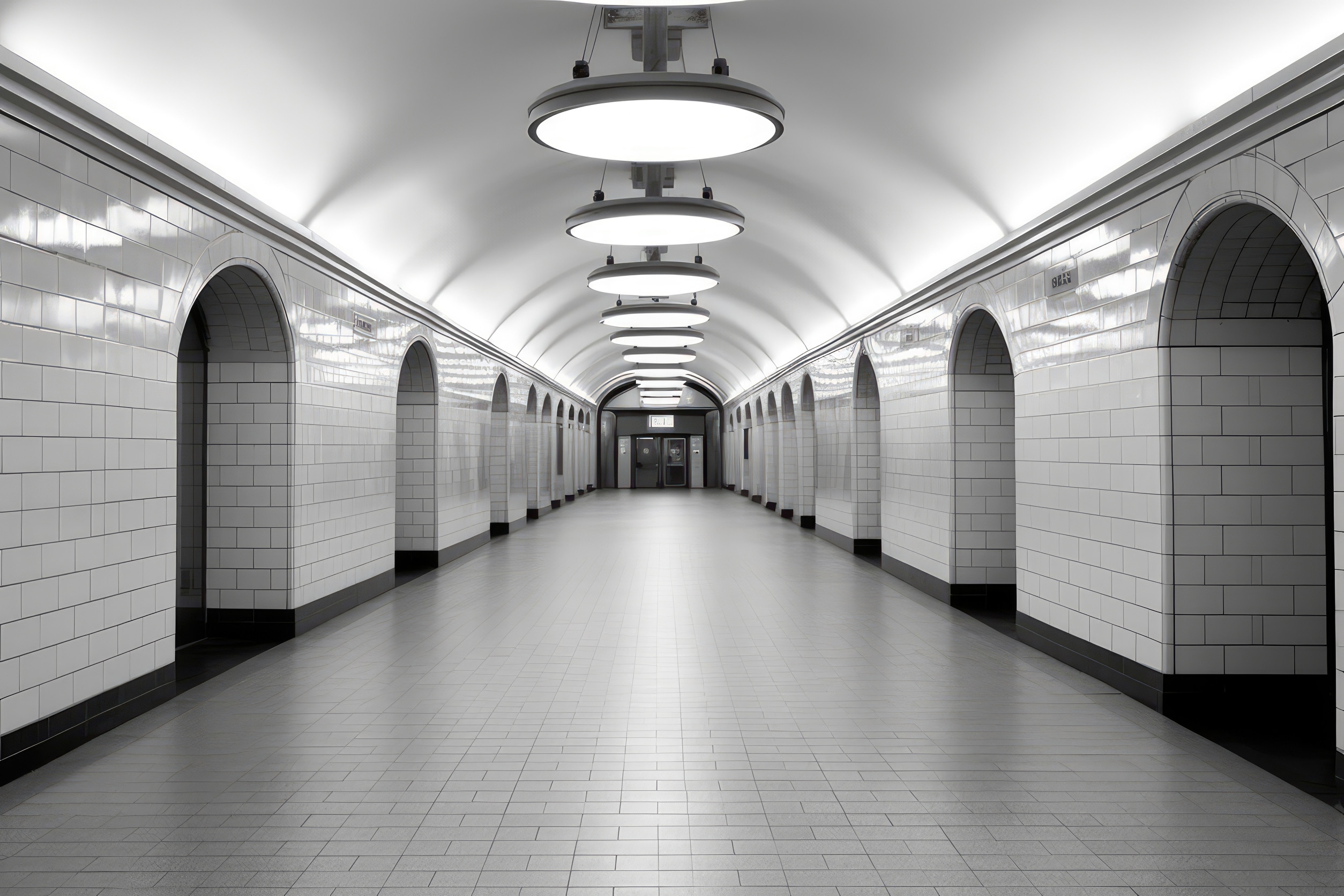
In the afternoon, take a tour of the Moscow Metro. It’s not just a transport system but an underground museum. Stations like Komsomolskaya, Novoslobodskaya, and Mayakovskaya are decorated with mosaics, chandeliers, and Soviet-era sculptures.
Evening option: Walk along Arbat Street, a lively pedestrian area with cafes, street performers, and souvenir shops.
Day 3: Modern Moscow & Culture
On your last day in Moscow, explore the more modern side of the city. Visit VDNKh Exhibition Center, a Soviet-era park with pavilions representing different republics of the USSR. Then head to the Tretyakov Gallery, home to the finest collection of Russian art.
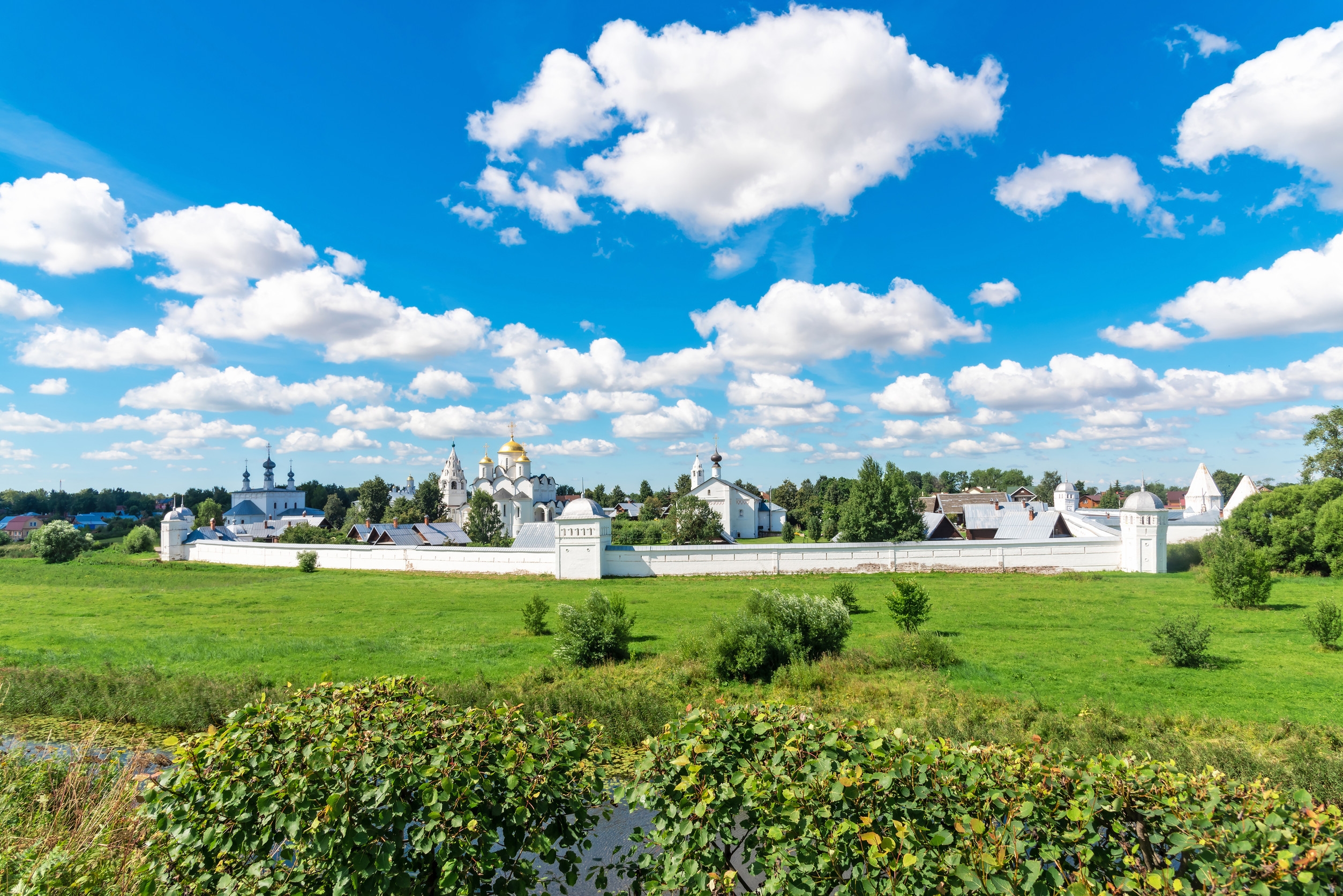
Food Tip: Try local dishes like borscht (beet soup), pelmeni (dumplings), and blini (pancakes) at a traditional restaurant.
Days 4–6: Golden Ring – Russia’s Ancient Soul
The Golden Ring is a group of historic towns northeast of Moscow. They are famous for their white-stone churches, wooden houses, and monasteries. Visiting them feels like stepping back into medieval Russia.
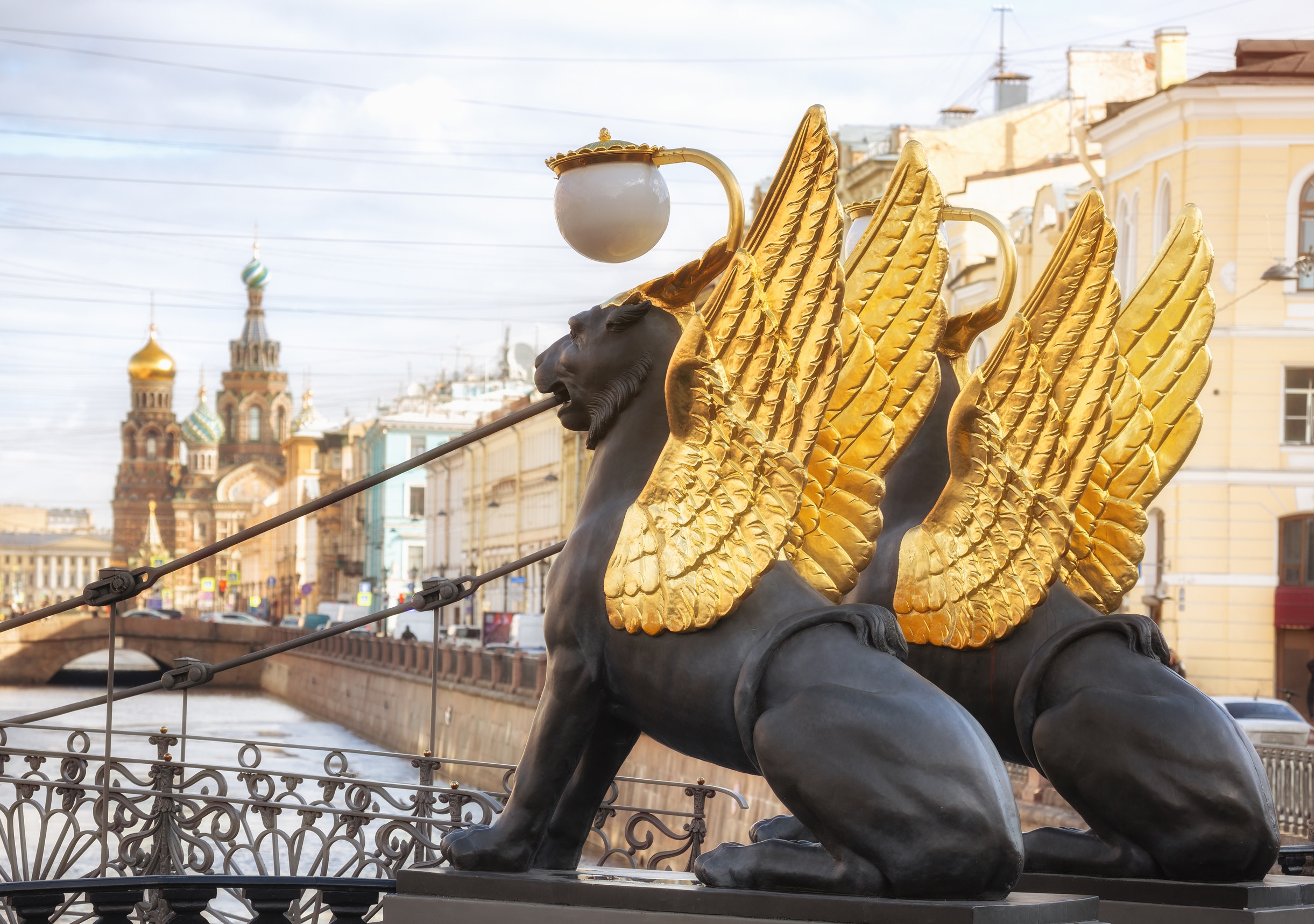
Day 4: Moscow to Vladimir & Suzdal
Take a morning train from Moscow to Vladimir (about 2 hours). Explore the Assumption Cathedral, once the spiritual center of medieval Russia, and the Golden Gate, built in the 12th century.
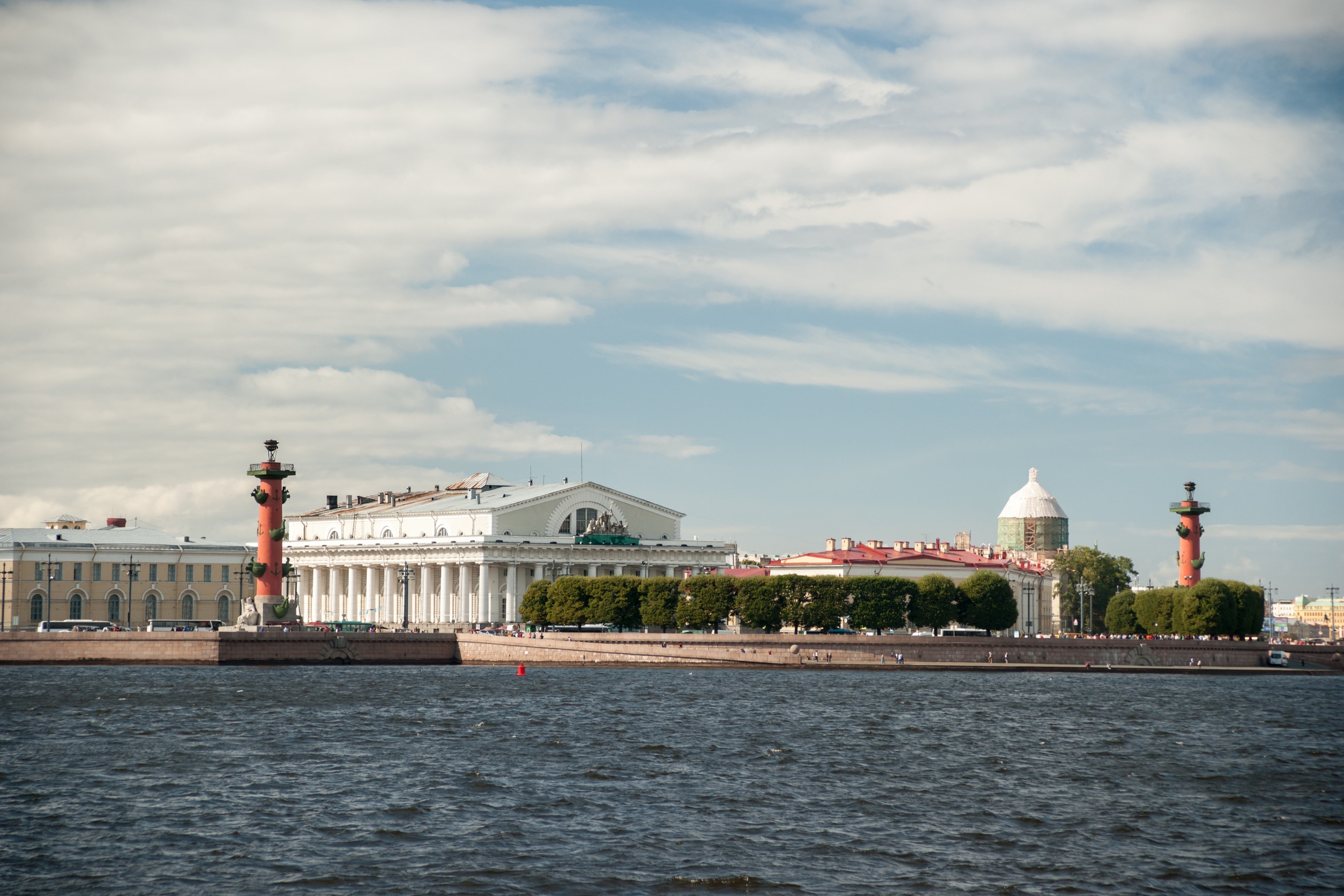
From Vladimir, continue to Suzdal, a small town that looks like an open-air museum. Suzdal is known for its wooden cottages, peaceful atmosphere, and over 30 churches scattered across the countryside.
Spend the night in Suzdal. Many guesthouses here offer authentic Russian hospitality.
Day 5: Suzdal Exploration
Dedicate the day to exploring Suzdal. Highlights include:
Suzdal Kremlin with its white stone Nativity Cathedral.
Museum of Wooden Architecture showcasing old windmills and wooden chapels.
Monastery of Saint Euthymius, where you can hear ancient bells ringing.
Tip: Rent a bike to cycle around Suzdal’s quiet lanes. It’s the best way to soak up the charm of this little town.
Day 6: Sergiev Posad & Return to Moscow
On your way back to Moscow, stop at Sergiev Posad, home to the Trinity Lavra of St. Sergius, the most important monastery in Russia and a major pilgrimage site. The blue-and-gold domes are breathtaking.
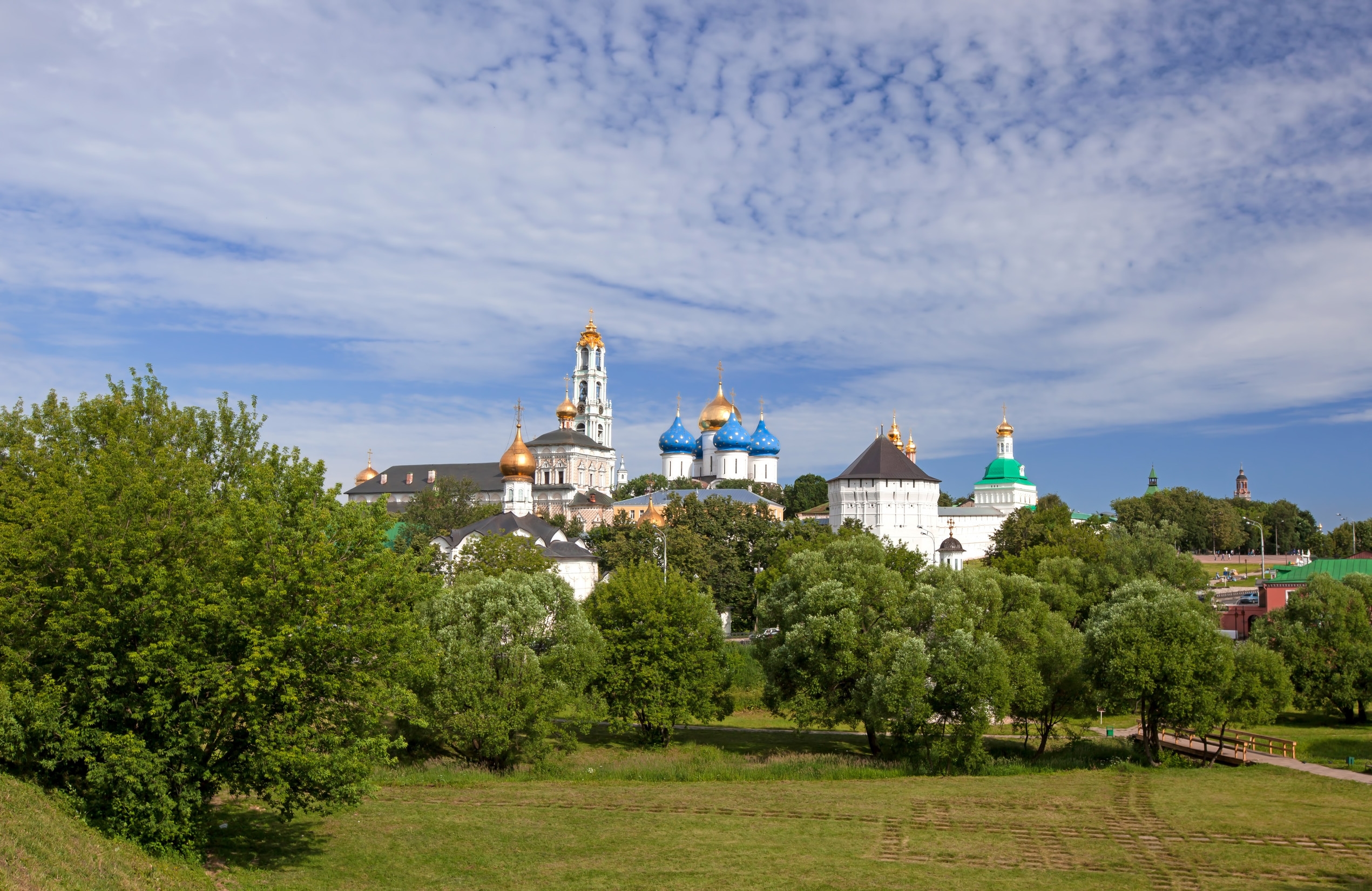
Return to Moscow in the evening and prepare for your overnight train or flight to St. Petersburg.
Days 7–10: St. Petersburg – Russia’s Imperial Capital
St. Petersburg, founded by Peter the Great in 1703, was designed to rival the great cities of Europe. With canals like Venice, baroque palaces, and world-class museums, it’s a city that blends elegance with history.
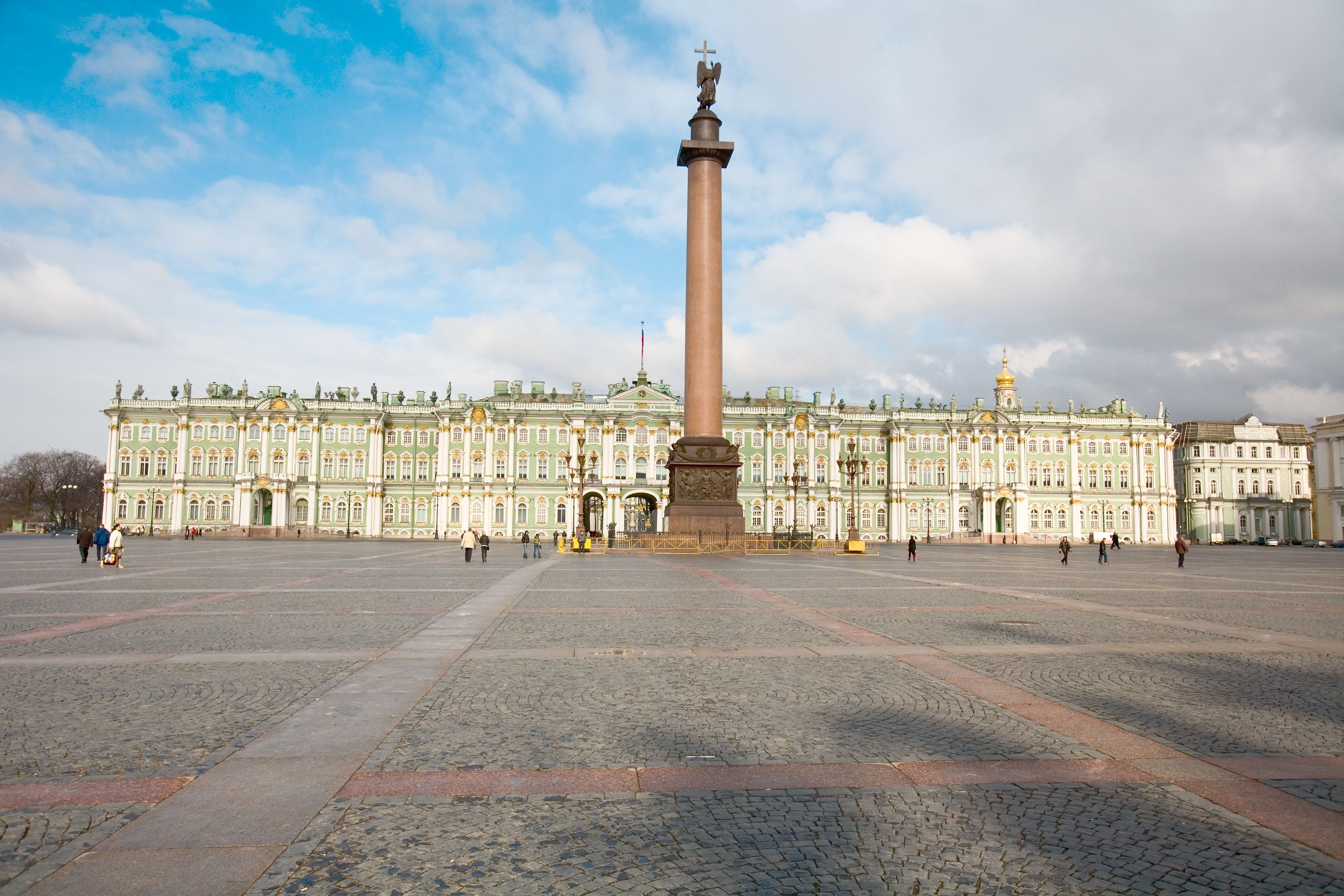
Day 7: Arrival & Nevsky Prospekt
Arrive in St. Petersburg and start with a walk along Nevsky Prospekt, the city’s main avenue. You’ll find cafes, bookshops, and historic buildings. Visit Kazan Cathedral, inspired by St. Peter’s Basilica in Rome.
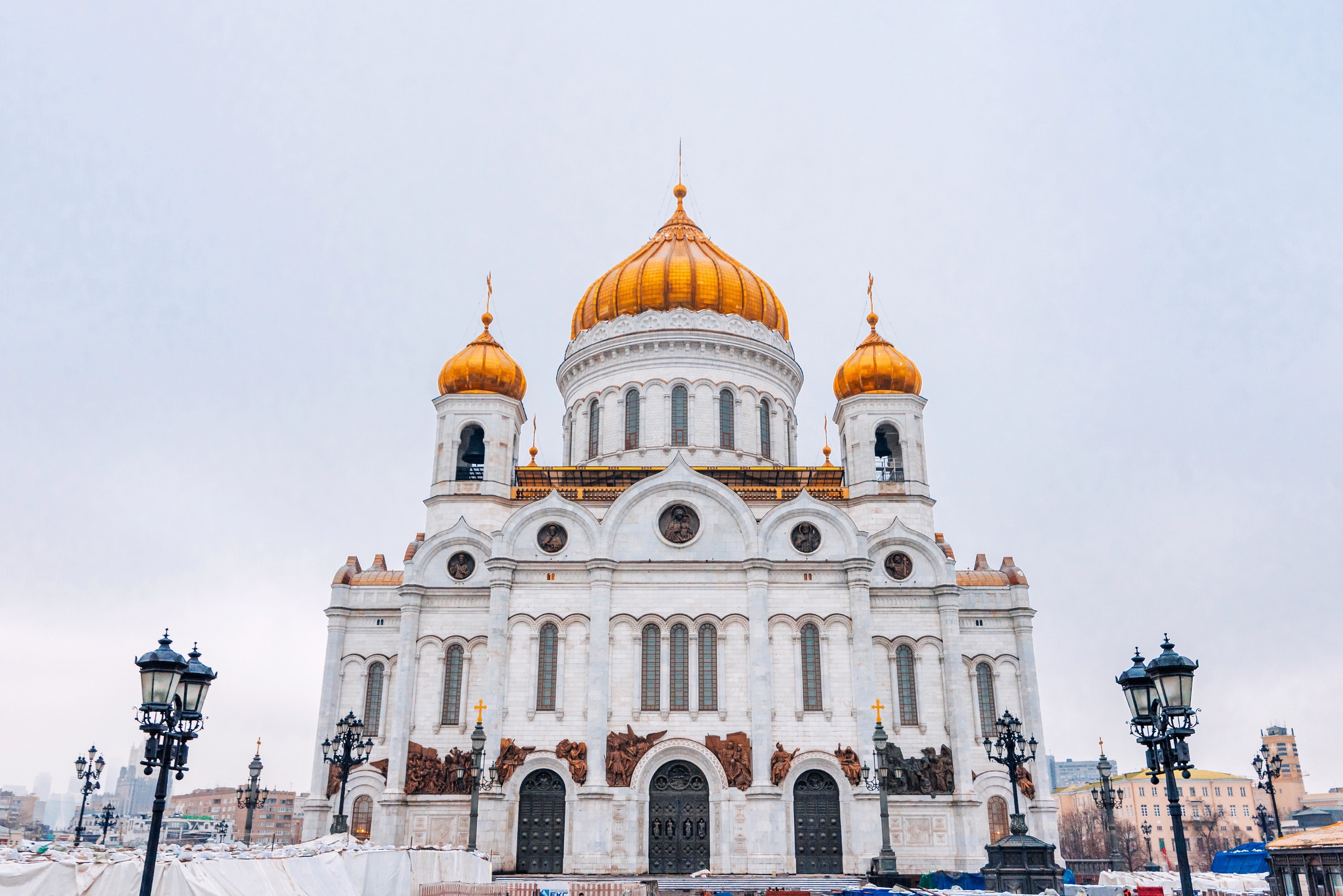
Evening idea: Take a canal boat cruise to see the city from the water. At night, the bridges open to allow ships to pass—a magical sight.
Day 8: The Hermitage Museum
Spend the day at the Hermitage Museum, housed in the Winter Palace. With over 3 million items, it’s one of the largest art museums in the world. You’ll see works by Rembrandt, Leonardo da Vinci, and Michelangelo.
Tip: Don’t try to see it all in one visit. Focus on a few sections such as the Impressionists or the grand palace interiors.
Day 9: Peterhof & Catherine Palace
Take a day trip to Peterhof Palace, often called the “Russian Versailles.” Its golden fountains and landscaped gardens are spectacular.
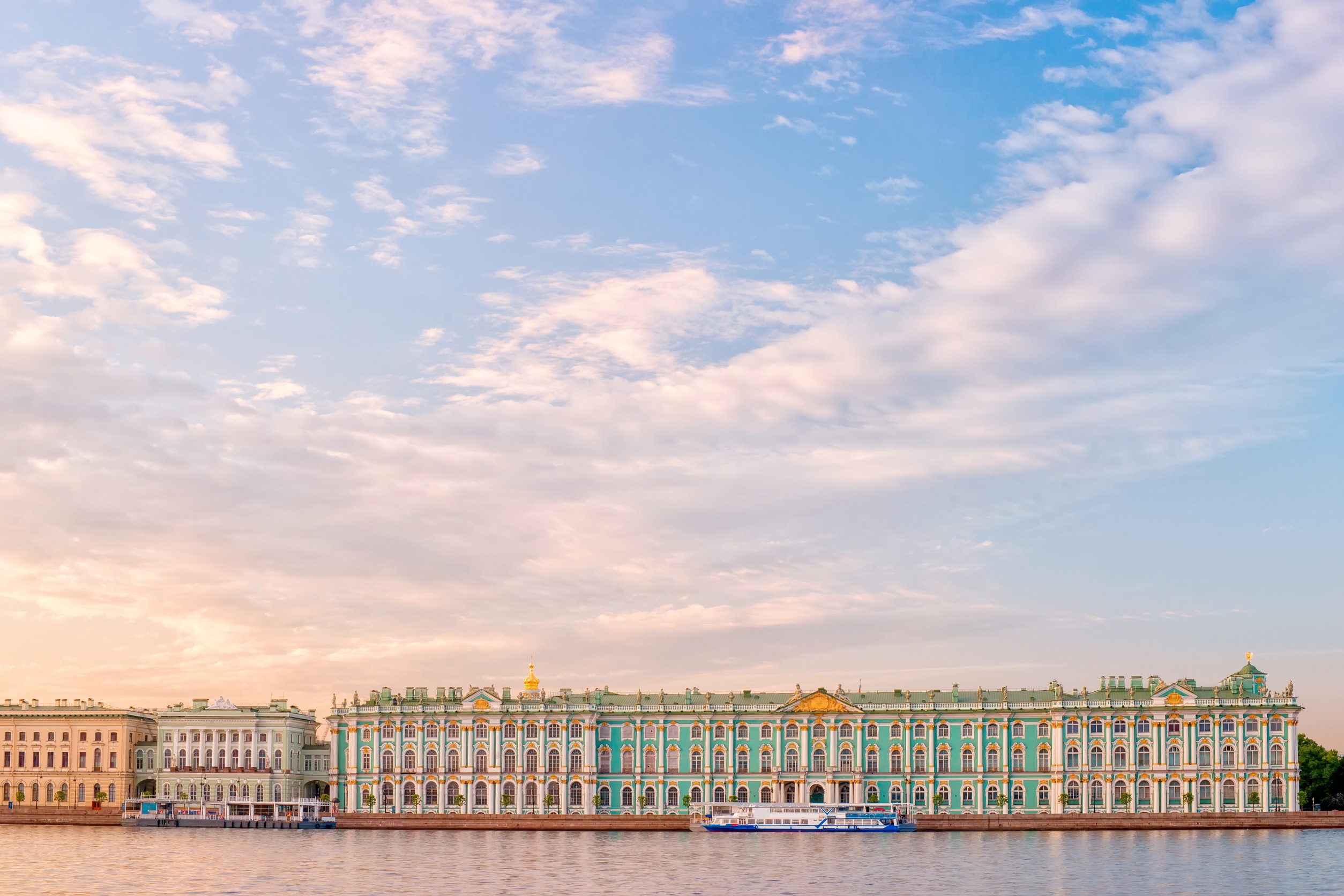
In the afternoon, head to Catherine Palace in Tsarskoye Selo, where you can admire the famous Amber Room, rebuilt after World War II.
Day 10: Final Day & Departure
On your last day, visit the Church of the Savior on Spilled Blood, one of St. Petersburg’s most photographed sites. Then stop by the Peter and Paul Fortress, the city’s birthplace and burial site of Russian tsars.
Before leaving, enjoy a final Russian meal—perhaps beef stroganoff with a glass of kvass (a local fermented drink).
Practical Travel Tips for Russia
Visa: Most travelers need a Russia Tourist Visa to visit Russia. Start the process at least a month before your trip.
Language: Russian is the main language. Learning a few phrases or using a translation app helps.
Currency: The Russian ruble (RUB) is used everywhere. Cash is still preferred in small towns.
Transport: Trains are reliable and comfortable. The Sapsan high-speed train between Moscow and St. Petersburg takes about 4 hours.
Best Time to Visit: Late spring (May–June) and early autumn (September) are ideal for sightseeing with pleasant weather.
Final Thoughts
A 10-day journey through Moscow, the Golden Ring, and St. Petersburg offers the perfect introduction to Russia. You’ll see the political heart in Moscow, the spiritual roots in the Golden Ring, and the imperial elegance in St. Petersburg.
This itinerary is just a starting point—you could easily spend weeks exploring Russia’s endless treasures. But even with 10 days, you’ll return home with a deeper understanding of Russian history, architecture, and culture.
